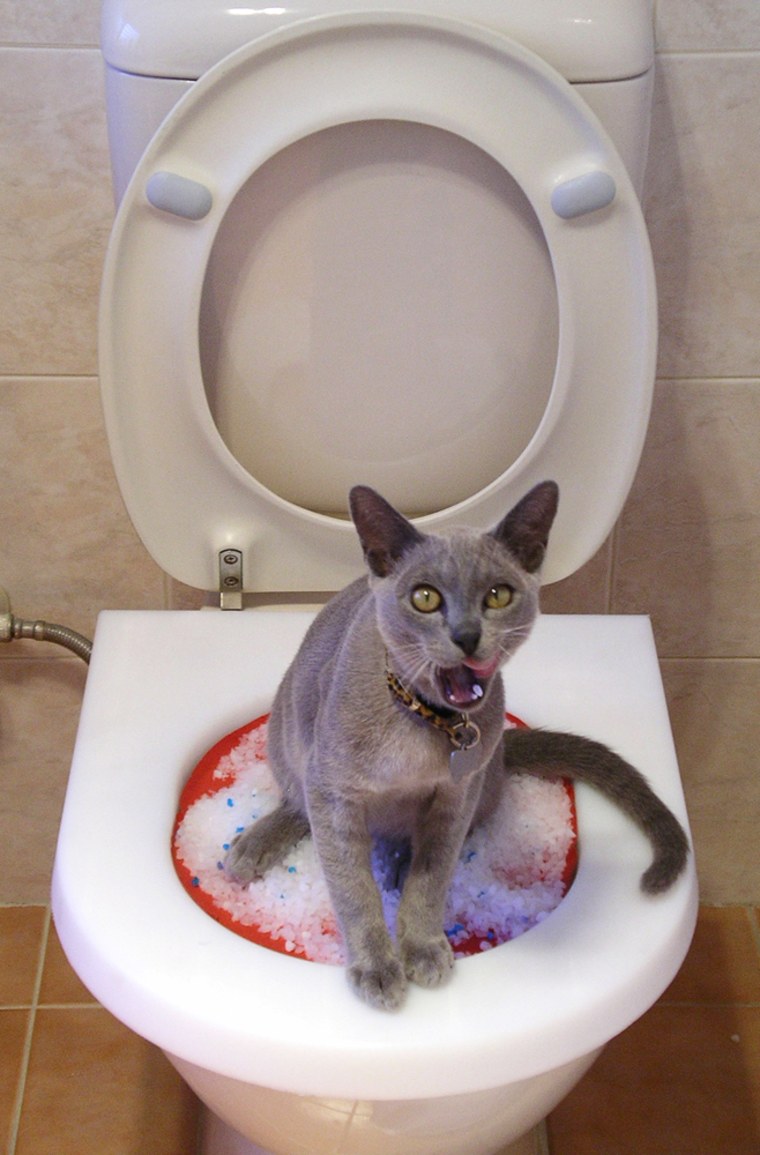The article author is making several good pointers related to Don’t flush cat feces down the toilet in general in the article below.

Introduction
As pet cat proprietors, it's important to bear in mind exactly how we throw away our feline good friends' waste. While it might seem convenient to purge cat poop down the commode, this practice can have damaging effects for both the atmosphere and human health.
Alternatives to Flushing
Thankfully, there are more secure and a lot more accountable ways to dispose of feline poop. Consider the adhering to alternatives:
1. Scoop and Dispose in Trash
One of the most typical approach of disposing of feline poop is to scoop it right into a naturally degradable bag and toss it in the garbage. Make sure to utilize a specialized clutter inside story and dispose of the waste quickly.
2. Usage Biodegradable Litter
Opt for eco-friendly pet cat clutter made from materials such as corn or wheat. These trashes are eco-friendly and can be securely gotten rid of in the trash.
3. Hide in the Yard
If you have a backyard, take into consideration hiding cat waste in a marked area far from vegetable yards and water sources. Make sure to dig deep enough to stop contamination of groundwater.
4. Mount a Pet Waste Disposal System
Buy a family pet garbage disposal system especially made for pet cat waste. These systems make use of enzymes to break down the waste, minimizing smell and ecological impact.
Health and wellness Risks
Along with environmental worries, flushing feline waste can likewise position wellness risks to human beings. Cat feces might contain Toxoplasma gondii, a bloodsucker that can create toxoplasmosis-- a potentially severe illness, especially for pregnant women and individuals with weakened immune systems.
Environmental Impact
Purging feline poop presents dangerous virus and bloodsuckers right into the water supply, positioning a considerable risk to aquatic ecosystems. These impurities can negatively impact marine life and concession water high quality.
Conclusion
Accountable pet possession expands past giving food and shelter-- it also includes appropriate waste monitoring. By avoiding flushing pet cat poop down the toilet and going with alternate disposal approaches, we can minimize our environmental impact and protect human health and wellness.
Why Can’t I Flush Cat Poop?
It Spreads a Parasite
Cats are frequently infected with a parasite called toxoplasma gondii. The parasite causes an infection called toxoplasmosis. It is usually harmless to cats. The parasite only uses cat poop as a host for its eggs. Otherwise, the cat’s immune system usually keeps the infection at low enough levels to maintain its own health. But it does not stop the develop of eggs. These eggs are tiny and surprisingly tough. They may survive for a year before they begin to grow. But that’s the problem.
Our wastewater system is not designed to deal with toxoplasmosis eggs. Instead, most eggs will flush from your toilet into sewers and wastewater management plants. After the sewage is treated for many other harmful things in it, it is typically released into local rivers, lakes, or oceans. Here, the toxoplasmosis eggs can find new hosts, including starfish, crabs, otters, and many other wildlife. For many, this is a significant risk to their health. Toxoplasmosis can also end up infecting water sources that are important for agriculture, which means our deer, pigs, and sheep can get infected too.
Is There Risk to Humans?
There can be a risk to human life from flushing cat poop down the toilet. If you do so, the parasites from your cat’s poop can end up in shellfish, game animals, or livestock. If this meat is then served raw or undercooked, the people who eat it can get sick.
In fact, according to the CDC, 40 million people in the United States are infected with toxoplasma gondii. They get it from exposure to infected seafood, or from some kind of cat poop contamination, like drinking from a stream that is contaminated or touching anything that has come into contact with cat poop. That includes just cleaning a cat litter box.
Most people who get infected with these parasites will not develop any symptoms. However, for pregnant women or for those with compromised immune systems, the parasite can cause severe health problems.
How to Handle Cat Poop
The best way to handle cat poop is actually to clean the box more often. The eggs that the parasite sheds will not become active until one to five days after the cat poops. That means that if you clean daily, you’re much less likely to come into direct contact with infectious eggs.
That said, always dispose of cat poop in the garbage and not down the toilet. Wash your hands before and after you clean the litter box, and bring the bag of poop right outside to your garbage bins.
https://trenchlesssolutionsusa.com/why-cant-i-flush-cat-poop/

Do you appreciate reading up on Can You Flush Cat Poo or Litter Down the Toilet?? Place a comment down below. We will be interested to listen to your thinking about this article. In hopes to see you back again before long. Those who appreciated our blog post please remember to share it. Thanks for going through it.
Call Us Now
Comments on “Hazards of Flushing Cat Poop Down Your Toilet - Avoid Possible Issues”